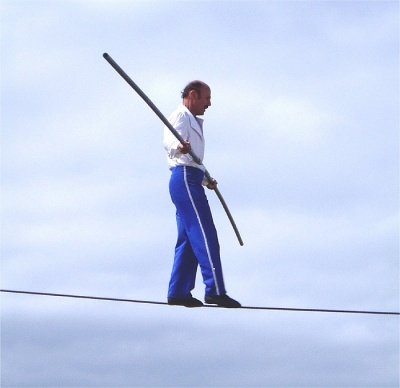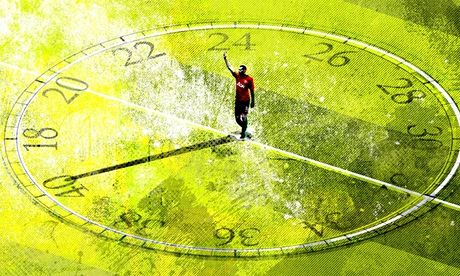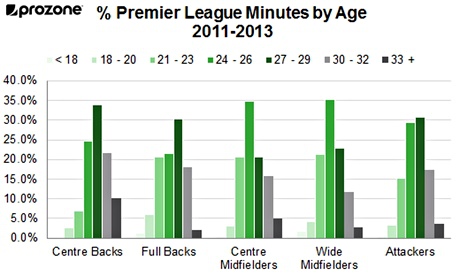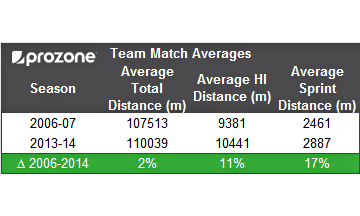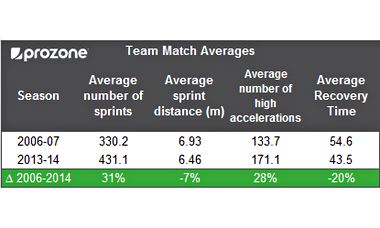Although it's tempting for them to just lie down, people with lower back pain will find more relief by performing exercises that stretch and strengthen the lower back.
 |
Image source: londonmumsmagazine.com
|
The following are three exercises to relieve lower back pain that can be done at home.
1. Pelvic tilt
A strong core prevents postural problems and the accompanying lower back pain. The pelvic tilt is an exercise that stretches, stabilizes, and strengthens the abdominal muscles.
Lie flat with the arms spread towards the sides, palms facing up, knees bent, and feet flat on the floor. Tighten the abdominal muscles until the back is flattened against the floor. Avoid lifting the hips. Tilt the pelvis upwards until there's an arch in the lower back. The tailbone should remain in contact with the floor. Hold the pose for a few seconds.
2. Cat-cow stretch
The cat-cow stretch or chakravakasana increases spinal flexibility.
Get down on all fours, with the knees in line with the hips and the hands beneath the shoulder joints. The neck should be in line with the torso. Exhale, then contract the abdominal muscles, drawing the belly into the back until the back is arched like that of a startled cat. Allow the head to drop towards the chest. Hold the pose briefly. Exhale, then reverse the pose by lowering the belly to the floor and gazing upwards. Hold the pose briefly.
3. Towel hamstring stretch
3. Towel hamstring stretch
Tight hamstrings can limit pelvic mobility and stress out the lower back, causing poor posture and pain. The hamstring stretch prevents lower back pain from getting worse by strengthening supporting muscles and improving hip mobility, posture, and lumbar support.
To begin, sit on the floor and loop a towel around the foot. Lie down flat on the floor and pull the ends of the towel while raising the leg until a stretch is felt behind the thigh. The knee must be straight. The other leg should be completely flat on the ground. Hold this position for 10 to 30 seconds, then repeat on the other leg.
 |
Image source: http://wellbeing365.com.au/
|
For more severe cases of lower back pain, or lower back pain that results from trauma, it's best to consult a medical professional before starting any exercise program.
Physiatrists like Mary Kneiser prescribe comprehensive exercise programs designed to strengthen the lower back and relieve pain. Subscribe to this blog to learn more about coping with back pain.








